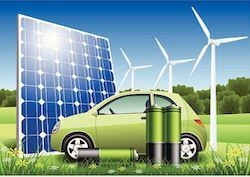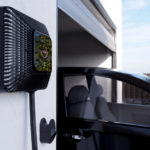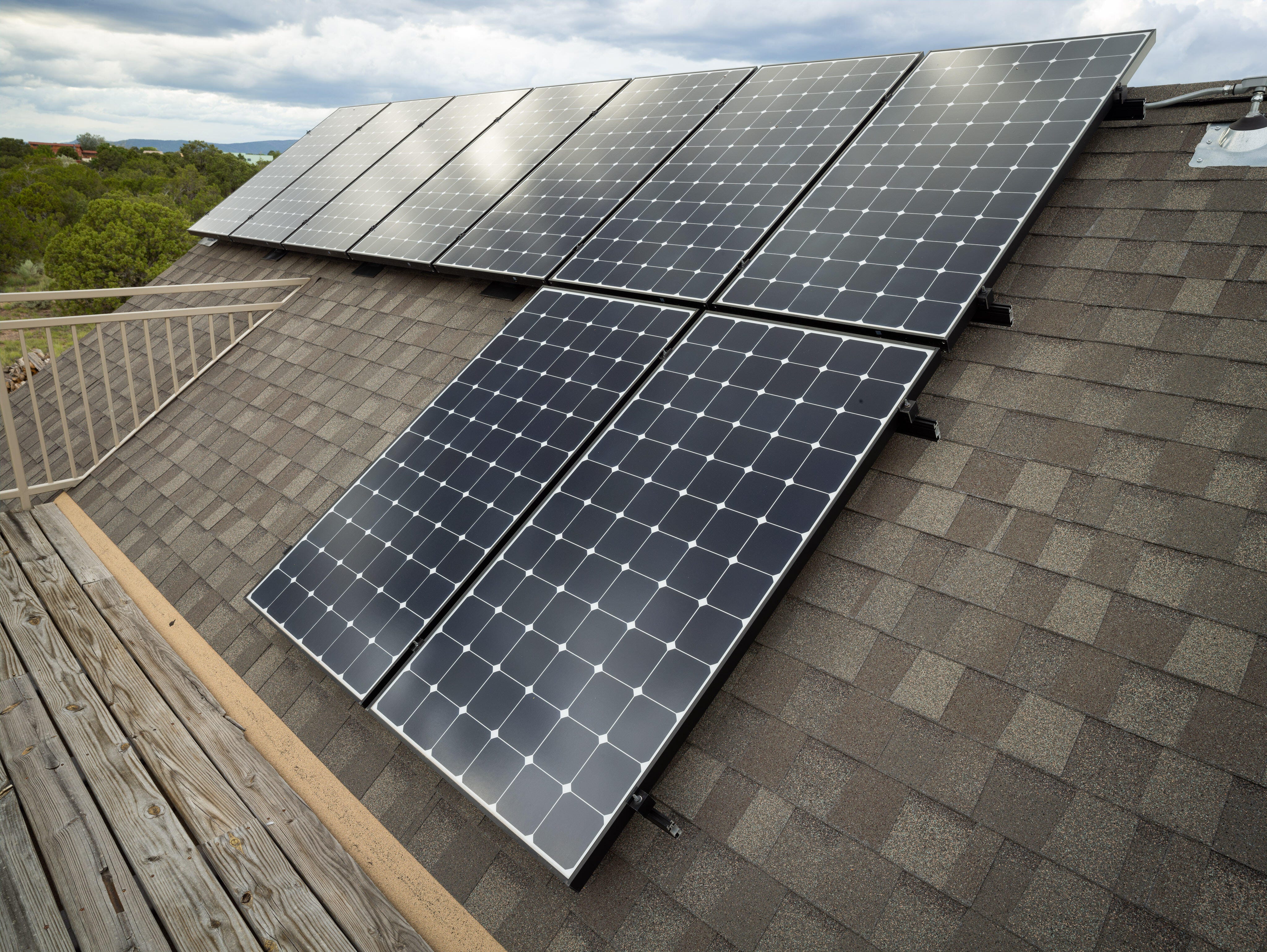[Blog] Using Residential Solar Panels to Power Electric Cars
Energy Disrupter

People are buying more electric cars than ever. According to the newsletter ARS Technica, in 2018 – the most-recent full year for which records are available – some 200,000 electric cars were sold in the United States. Tesla sold the most, accounting for about 10-percent of the total.
In all, electric vehicles account for roughly eight-percent of the total number of automobiles sold in America. As impressive as this might be, the number still is dwarfed by the total sales of gas and diesel cars each year.
But as more car buyers go electric, as a solar panel installation company we are receiving a growing number of calls from people asking whether their solar panel system will be able to charge their electric car without draining power from the electricity needed to run appliances, the air conditioning, computers and other energy-consuming products that are a part of everyday living.
The simple answer in nearly every instance is “Yes.”
Not a Drain or Major Expense
To fully charge an electric vehicle to drive 100 miles using power from an electric utility will cost approximately $2.75. This is what it costs to run a central air conditioning system for roughly six hours.
The efficiency of all-electric cars and trucks is measured in Kilowatt hours per 100 miles. If your energy source is a utility company, the cost is probably around 11-cents per Kilowatt hour. If the vehicle consumers 34 Kilowatt hours to travel 100 miles, the cost per mile is around four cents.
An online calculator can be used to determine your precise costs.
If your home has a solar energy system like the ones that Cedar Creek Energy installs and maintains for customers, the cost per mile is considerably less in most cases. If it is a new solar energy system, the company designing and installing it can take this use into account as it determines how many panels are needed and whether a storage battery is a good idea.
For an existing system, a simple analysis can determine if an additional panel may be required.
But for most homes using a normal amount of power, there is no reason why the solar energy system cannot also be used to keep the auto charged.
Cruise Power
There are two levels for charging stations installed in the home.
A basic Level 2 charger has standard safety features along with status lights. But the more sophisticated “smart” chargers include features such as data collection, a user interface system, additional displays, timers for charging and keypads.
Most people with an all-electric automobile charge it overnight when there is less demand in the home for power. Plug in the car before you get into bed and by morning it will be fully charged to run the kids to school, take you to work, or make it through your errand list.
Most home charging stations are located in the garage. As an approved installer of Tesla home charging stations, frequently we are asked to install a charger for the owner of a new model. But Tesla charging stations can be used for many other makes and models, as well. Adapters are available online and at many retail outlets.
As a result, it’s easy to have plenty of juice in the car for the next day.
About the author:
Rob Appelhof is President and CEO at Cedar Creek Energy. Cedar Creek Energy is a solar system company in Minnesota for turnkey Commercial and Residential solar solutions, EPC services, LED-lighting and retrofitting operation and maintenance (O & M) of existing systems, and other renewable energy solutions.
















